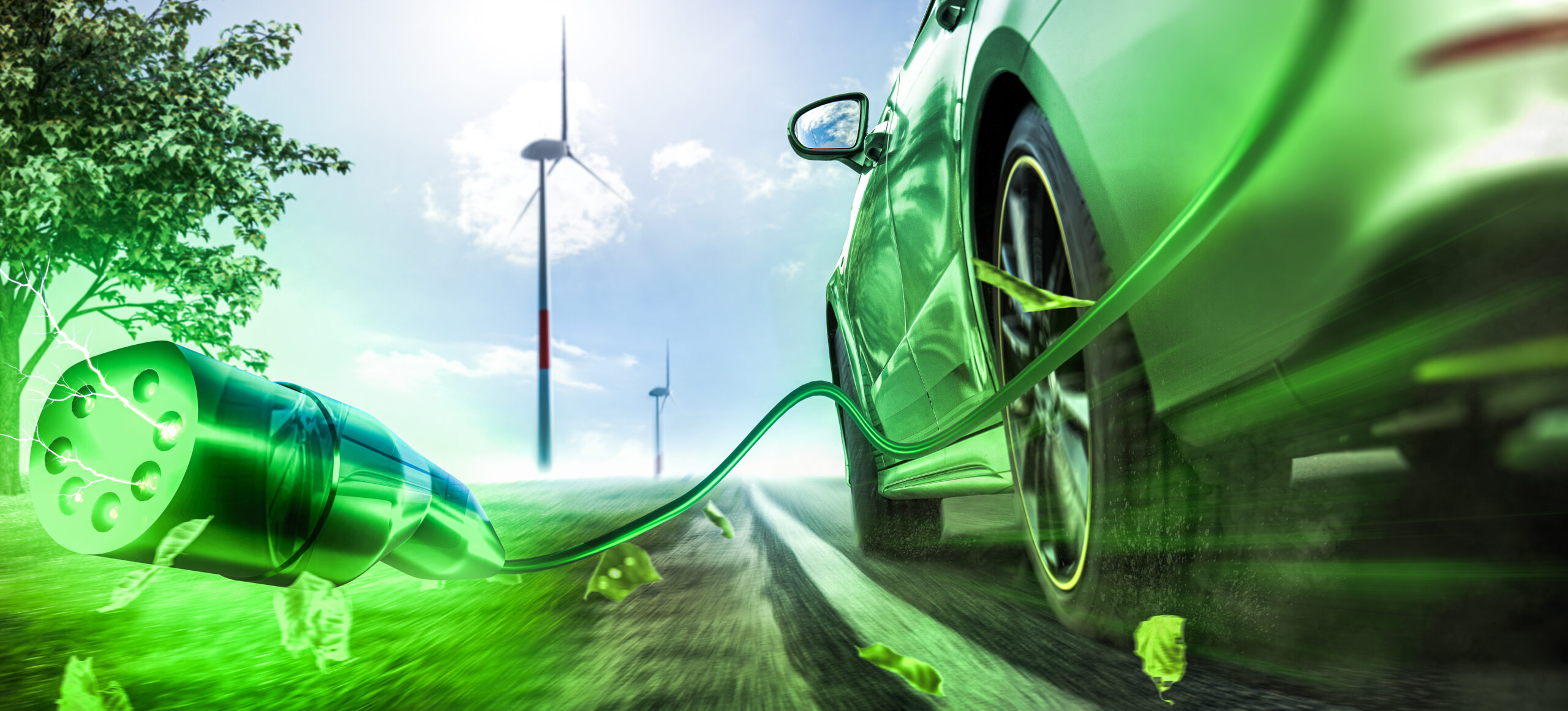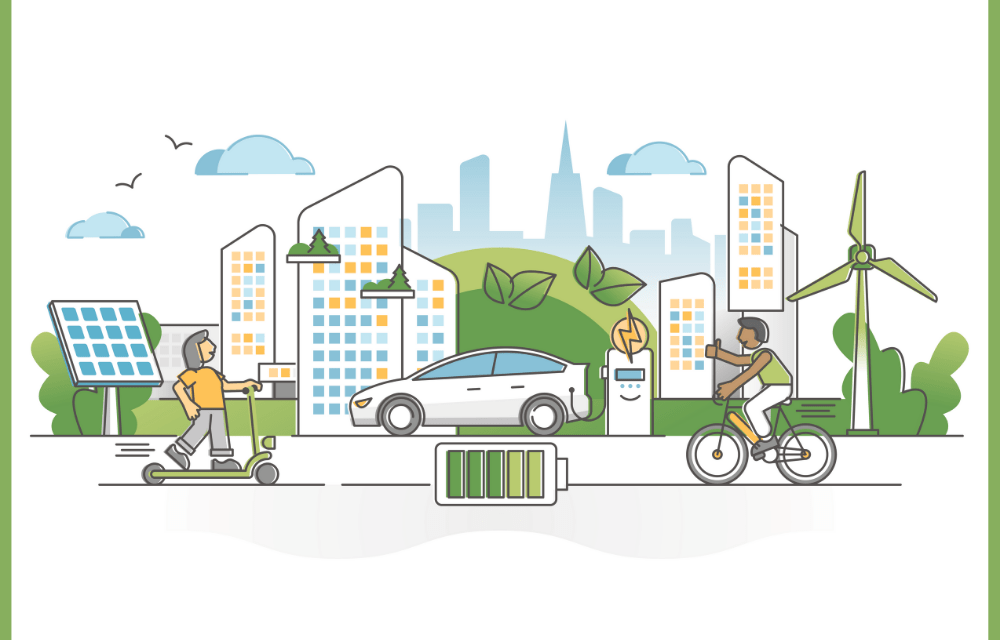
As the world increasingly prioritizes sustainability and environmental responsibility, the European Union (EU) has positioned itself as a frontrunner in climate action and green policies. However, despite ambitious targets and regulations aimed at promoting green mobility, the EU is grappling with various challenges that hinder its progress toward achieving a fully sustainable transportation system. This blog post explores the reasons behind the EU’s struggle with green mobility, examining regulatory hurdles, infrastructure gaps, technological limitations, and socio-economic factors.
1. Complex Regulatory Landscape

The EU’s regulatory environment, while designed to facilitate green mobility, often creates challenges that slow down the implementation of sustainable transportation initiatives.
Regulatory Challenges:
- Diverse National Policies: The EU comprises 27 member states, each with its own transportation policies, incentives, and regulatory frameworks. This diversity can lead to inconsistencies in the adoption of green mobility initiatives, making it difficult to implement cohesive strategies across the continent.
- Bureaucratic Delays: The EU’s decision-making processes can be slow and cumbersome. The lengthy negotiations required to pass regulations and directives can delay the implementation of necessary policies to support green mobility.
- Fragmented Initiatives: While the EU has launched various initiatives to promote green mobility, such as the European Green Deal and the Sustainable and Smart Mobility Strategy, these efforts can sometimes lack coherence and coordination, leading to inefficiencies and confusion.
2. Insufficient Infrastructure Development

A robust infrastructure is crucial for the successful implementation of green mobility solutions, such as electric vehicles (EVs) and public transportation systems. However, the EU faces significant challenges in developing the necessary infrastructure.
Infrastructure Gaps:
- Charging Infrastructure: Despite the growing number of electric vehicles, the charging infrastructure across the EU remains underdeveloped. Many regions lack sufficient charging stations, making it challenging for consumers to transition to electric mobility.
- Public Transportation Systems: In many EU countries, public transportation systems are outdated and underfunded, leading to reliance on personal vehicles. Upgrading these systems to be more efficient, reliable, and environmentally friendly requires substantial investment and planning.
- Investment Priorities: Limited financial resources and competing priorities often result in insufficient investment in green mobility infrastructure. Governments may prioritize immediate economic needs over long-term sustainability goals, hindering progress in green transportation.
3. Technological Limitations

While technological advancements in green mobility are promising, various challenges continue to impede their widespread adoption and implementation.
Technological Barriers:
- Battery Technology: The transition to electric vehicles heavily relies on advancements in battery technology. Current limitations in battery efficiency, range, and charging speed present obstacles for consumers considering electric vehicles.
- Alternative Fuels: While the EU is exploring alternative fuels such as hydrogen, the technology is still in its infancy. The lack of a widespread, established infrastructure for hydrogen refueling and production hampers its adoption as a viable alternative to fossil fuels.
- Digitalization and Smart Mobility: The integration of digital technologies into transportation systems is essential for achieving smart mobility solutions. However, many regions in the EU lag in adopting digital infrastructure and intelligent transport systems, limiting the potential benefits of green mobility initiatives.
4. Socio-Economic Factors

The socio-economic landscape in the EU presents both opportunities and challenges for the adoption of green mobility solutions.
Social Dynamics:
- Public Awareness and Acceptance: While there is growing awareness of the need for sustainable transportation, some segments of the population remain resistant to adopting new mobility solutions, particularly in areas with limited access to green alternatives. Education and outreach efforts are crucial to foster acceptance and encourage the shift toward green mobility.
- Economic Disparities: The EU is marked by significant economic disparities among its member states. Wealthier nations may progress more rapidly in green mobility initiatives, while less affluent countries struggle to invest in sustainable transportation infrastructure and technologies.
- Urban vs. Rural Mobility: Urban areas may benefit more from green mobility initiatives due to higher population density and better access to public transport. In contrast, rural areas often face unique challenges, such as longer distances and lower population density, which can limit the viability of certain green mobility solutions.
5. The Path Forward: Addressing the Challenges

To overcome the barriers hindering green mobility in the EU, a comprehensive and coordinated approach is necessary. Here are some key strategies that can help propel the EU forward in its green mobility journey:
Recommendations:
- Streamlined Regulations: Simplifying and harmonizing regulations across member states can facilitate the faster implementation of green mobility initiatives. Encouraging collaboration between governments and stakeholders will help create a more cohesive policy framework.
- Investment in Infrastructure: Increased investment in charging infrastructure, public transportation, and sustainable mobility solutions is essential. Public-private partnerships can play a crucial role in financing and developing these initiatives.
- Innovation and Research: Supporting research and development in battery technology, alternative fuels, and smart transportation systems will drive technological advancements that are critical for green mobility.
- Public Engagement and Education: Raising awareness and educating the public about the benefits of green mobility solutions will encourage acceptance and adoption. Engaging communities in the planning process can help ensure that initiatives meet local needs and preferences.
Conclusion
While the EU has made significant strides in promoting green mobility, various challenges continue to hinder its progress. By addressing regulatory, infrastructural, technological, and socio-economic barriers, the EU can accelerate its transition toward sustainable transportation. The road ahead requires collaboration, innovation, and a commitment to fostering a greener future for all EU citizens. Embracing green mobility not only benefits the environment but also enhances economic growth and improves the quality of life in communities across Europe.

